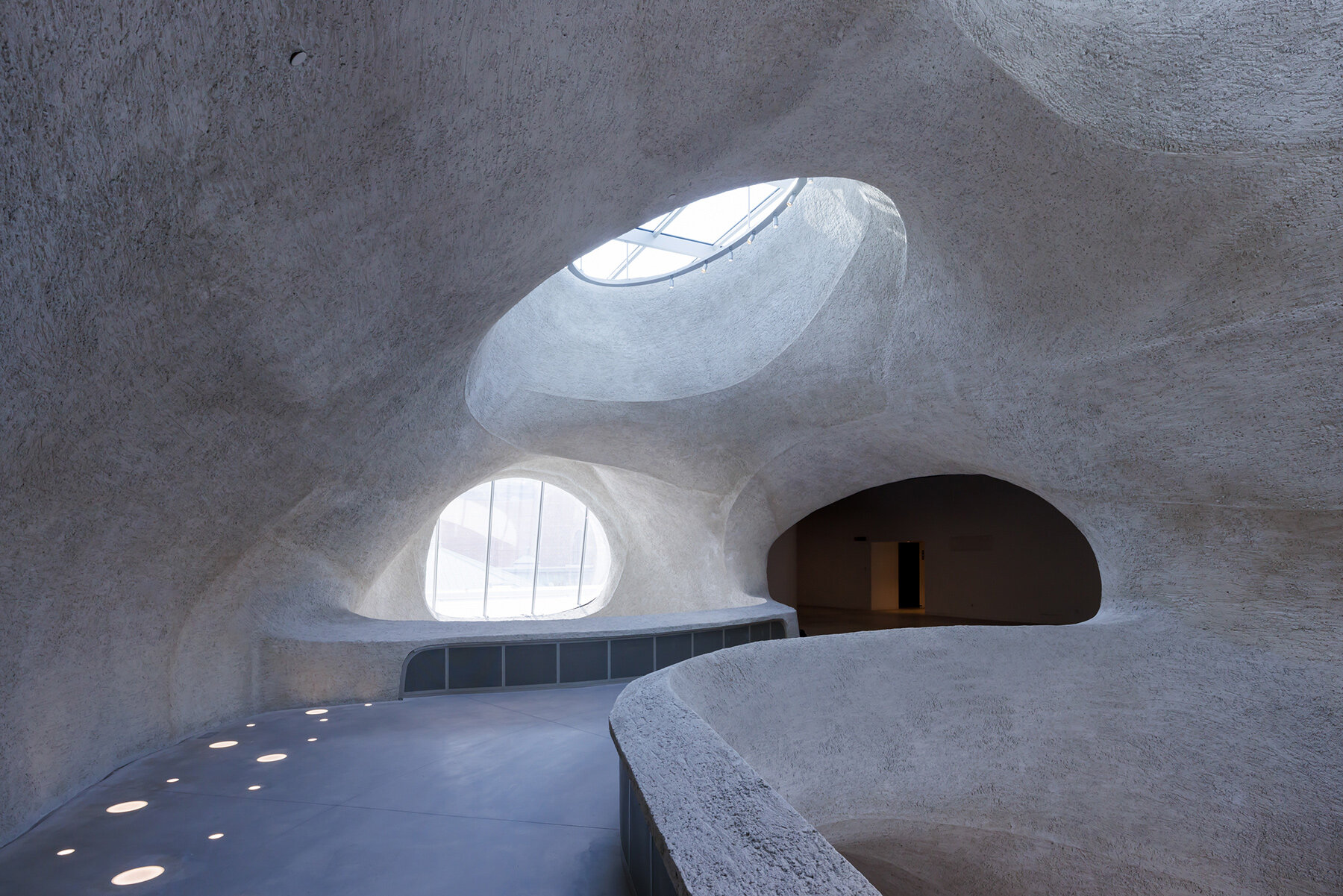
image © Iwan Baan
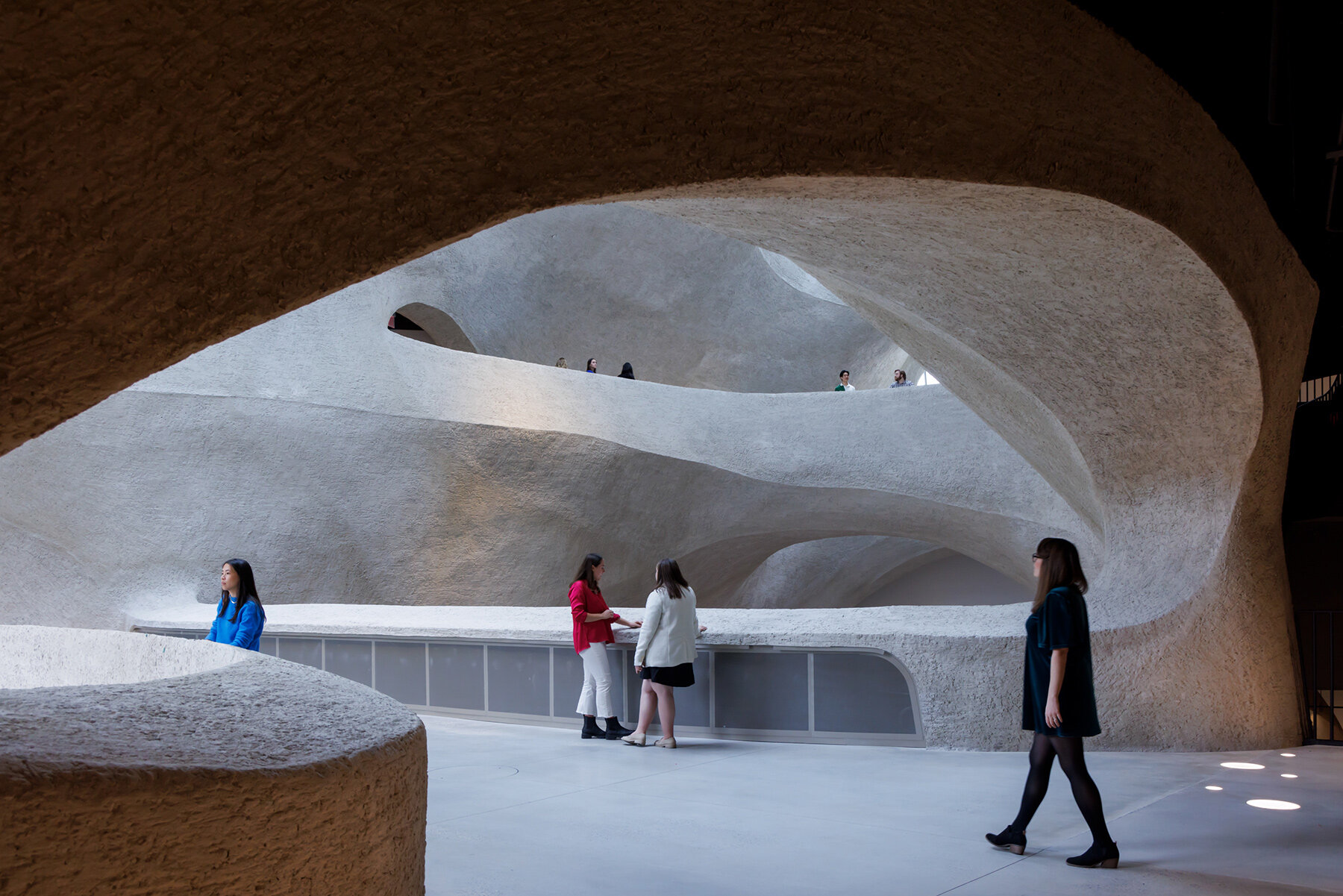
image © Iwan Baan
project info:
project title: The Richard Gilder Center for Science, Education, and Innovation
architecture: Studio Gang | @studiogang
location: American Museum of Natural History, New York | @amnh
previous coverage: November 2015, January 2017, June 2019, March 2022
opening: May 4th, 2023
photography: © Iwan Baan | @iwanbaan
project team: Studio Gang, Ralph Appelbaum Associates, And Reed Hilderbrand, Aecom Tishman, Arup, Atelier Ten, Burohappold Engineering, Davis Brody Bond, Langan Engineering, Renfro Design Group, Tamschick Media+space With Bma Boris Micka Associates, Venable Llp And Akrf, And Zubatkin Owner Representation
donor: Richard Gilder And The Gilder Foundation, Inc.

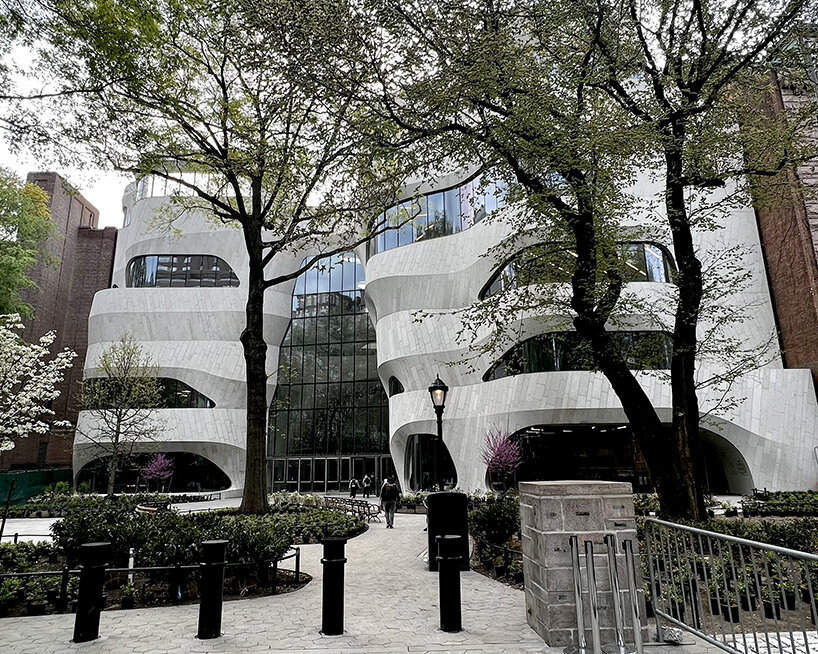 image © designboom
image © designboom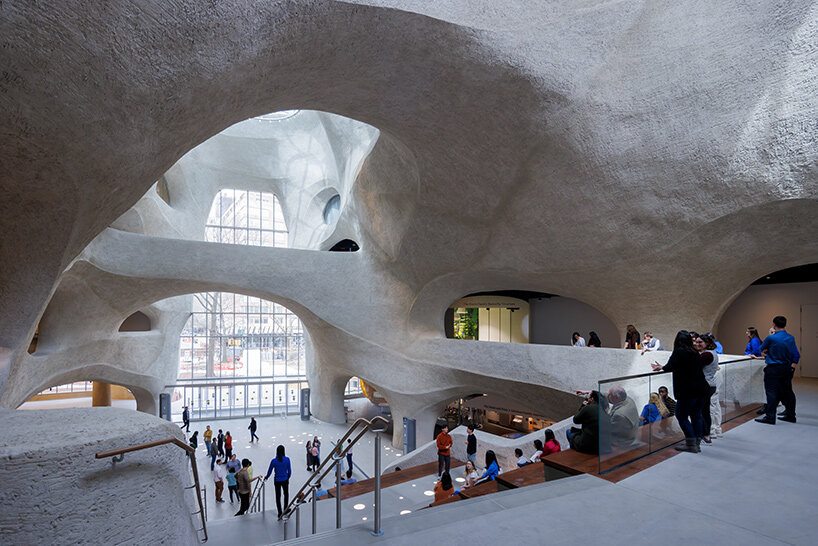 image © Iwan Baan
image © Iwan Baan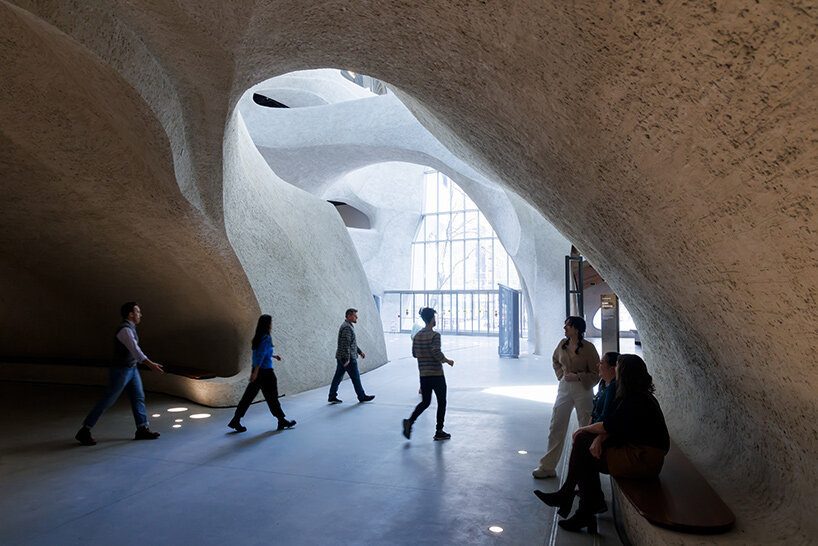 image © Iwan Baan
image © Iwan Baan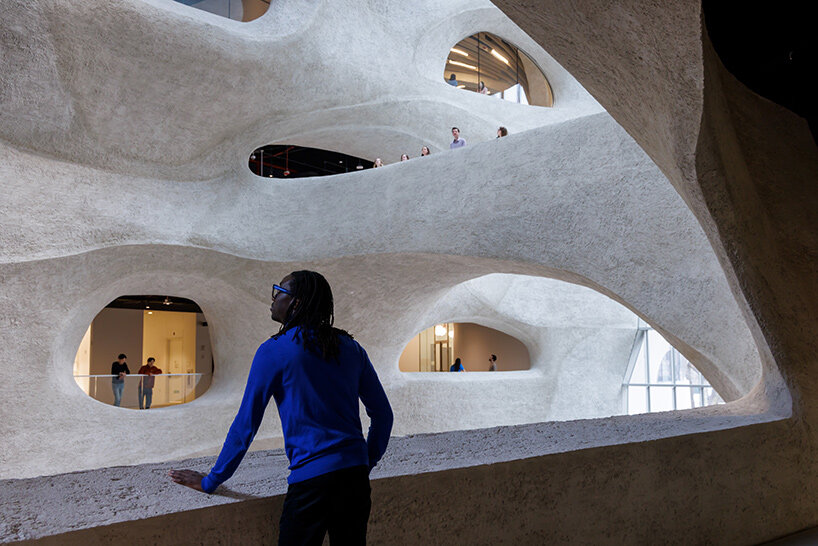 image © Iwan Baan
image © Iwan Baan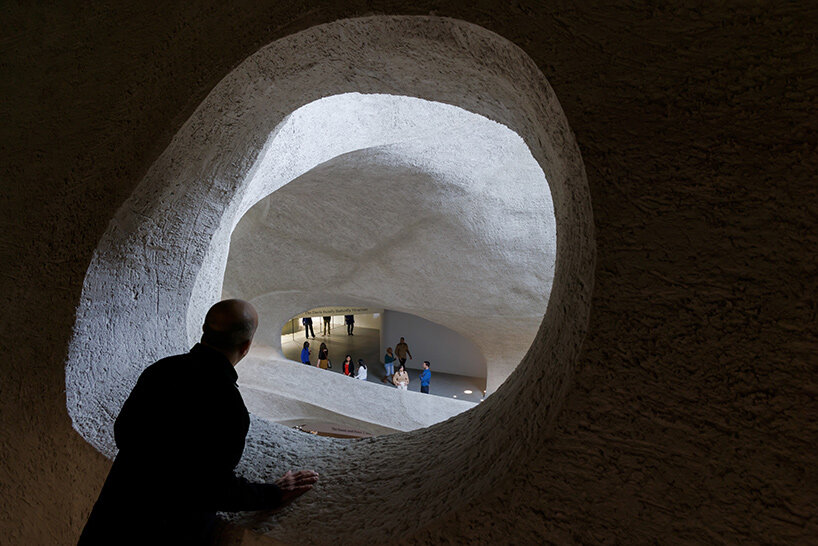 image © Iwan Baan
image © Iwan Baan